10 Stockholm highlights
Stockholm, stretching across 14 islands and 56 bridges, is known as the Venice of the North, part of an archipelago of around 30,000 islands and islets.
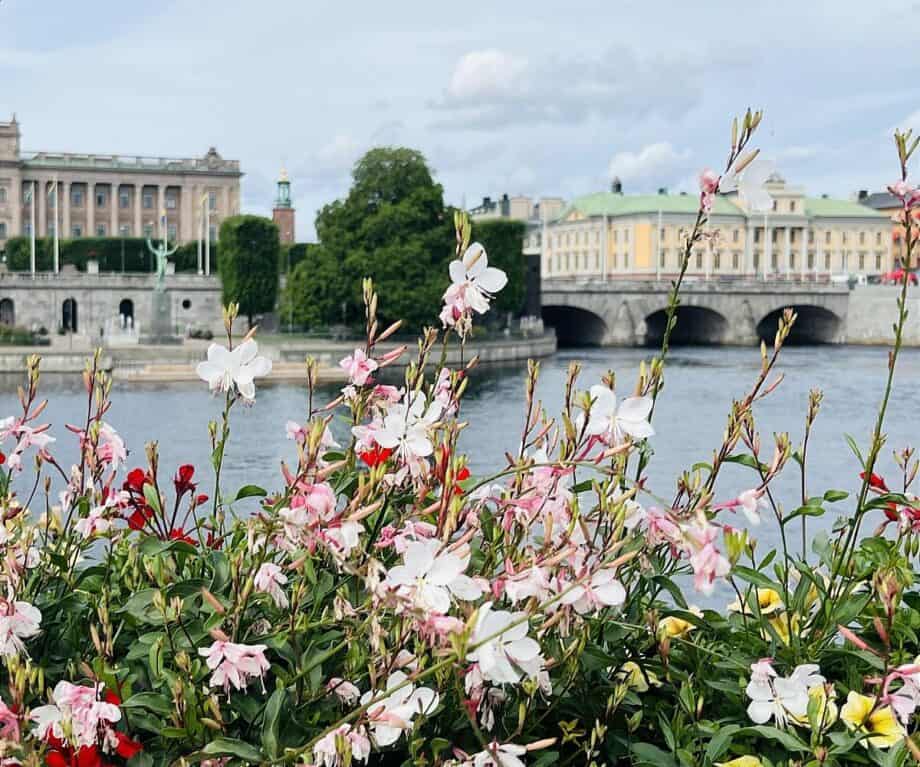
Long ago, logs, known as stocks in Swedish, were used on a holm, an islet, to protect the fresh water of Lake Mälaren from raiders approaching across the Baltic Sea. And that is the story of how Stockholm got its name. From the 19th century, Stockholm’s wealthy classes built grand mansions, frequently overlooking lakes, aspiring to the architectural elegance of Berlin and Paris.
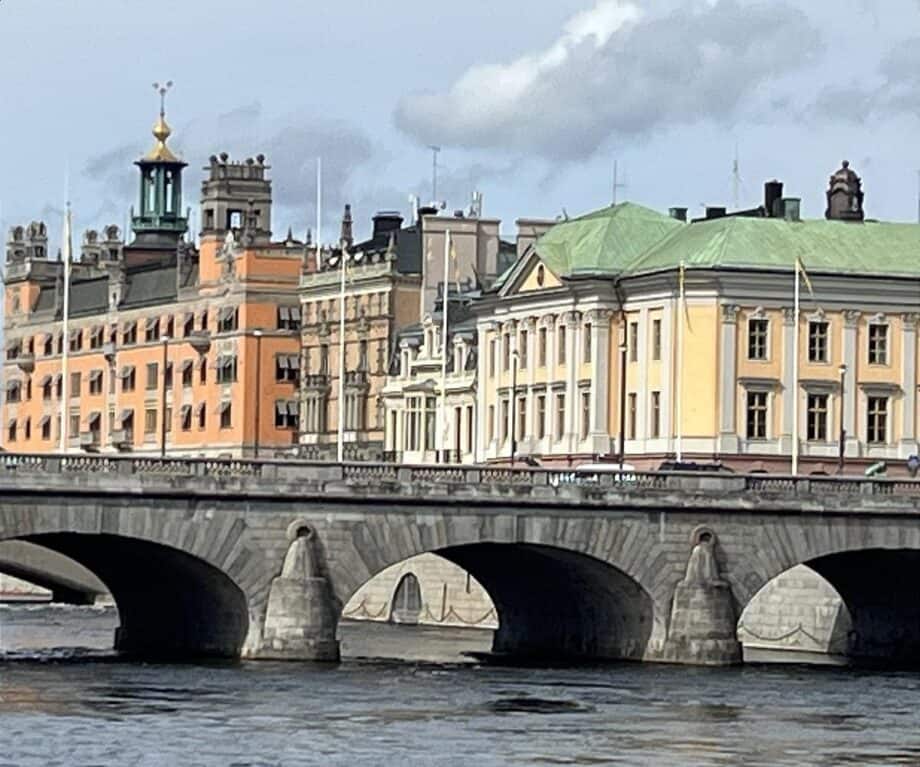
Today, Stockholm continues to develop. Although New York has SoHo, south of Houston Street, Stockholm now has SoFo, south of Folkungatan; a hip neighbourhood of artisan crafts, organic cafes and vintage shops.
1. Hop-on, hop-off bus
With 19 stops, the route of the red bus, takes in Stockholm’s art, culture, cuisine and many of its museums. It’s a green, scenic ride, passing some of the parks and waterways that make up Stockholm.
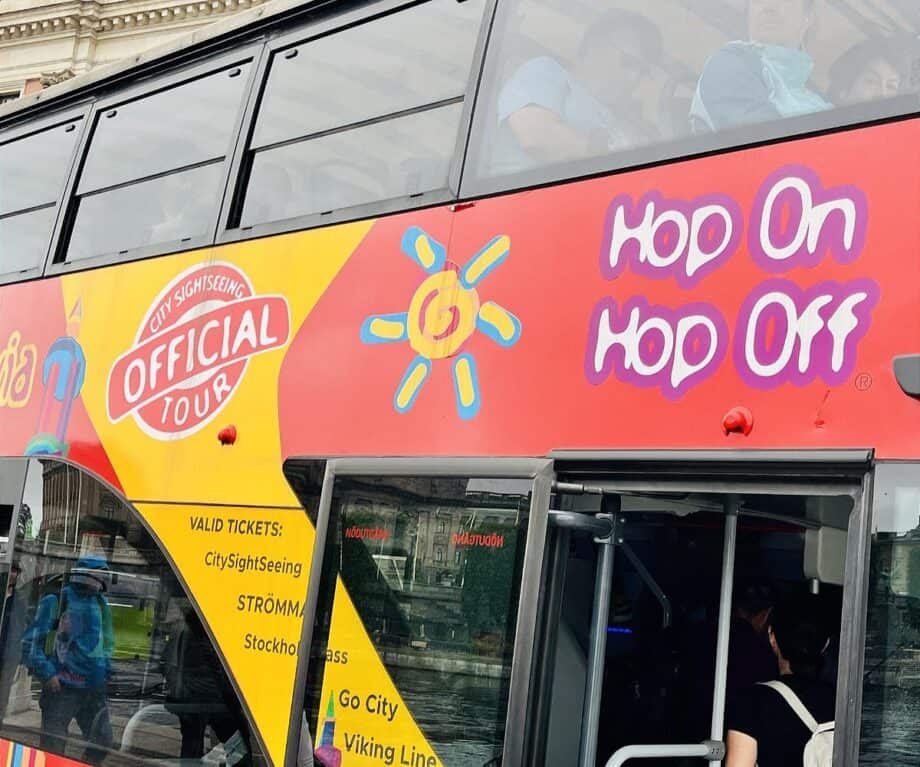
Earphone commentary tells of Greta Garbo’s grim and dark childhood in a Stockholm tenement before she became a Hollywood icon. Her father earned little as a toilet cleaner and Greta was desperate to use her acting talent to escape to a better life.
2. Skansen open-air museum
Before ABBA, before H & M, and even before IKEA, there was the open-air museum of Skansen that began way back in 1891 presenting its vision of Sweden. Nostalgically showing, in miniature, a country before it was scarred by industrialisation. A cast of characters in aprons, breeches, frock coats and smocks celebrate rural and urban lives that had disappeared. There’s a mini zoo too, featuring Nordic animals.
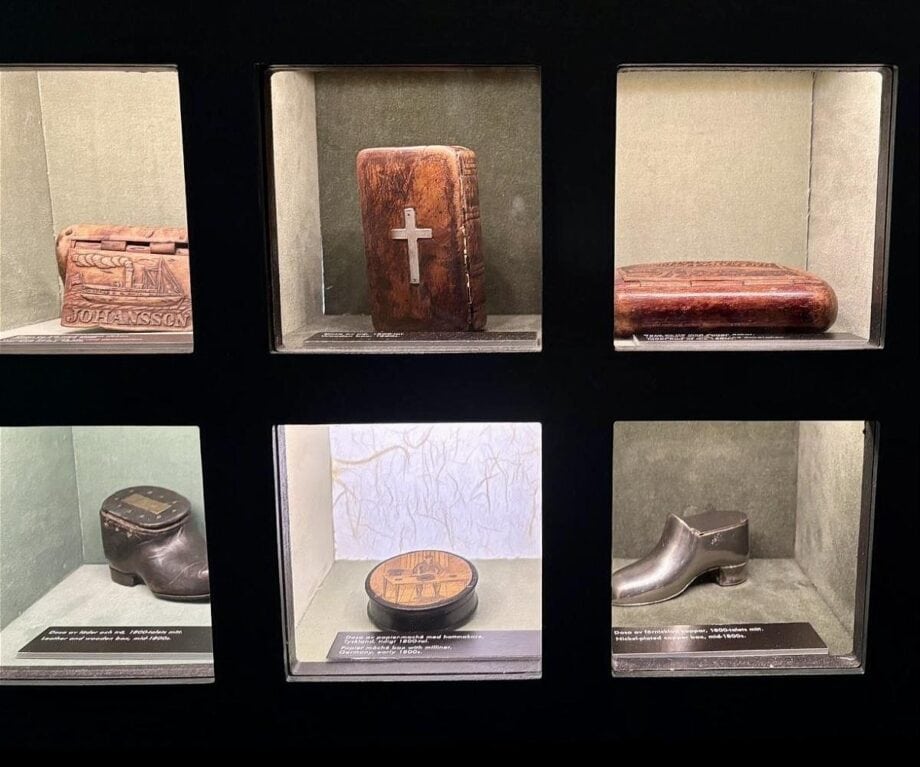
Stepping inside, a quirky museum chronicles the history of snuff, a habit that is still surprisingly strong in 21st century Sweden.
3. The Vasa Museum
Was it a curse? Polish sabotage? Drunken sailors? Or poor design?
Gossip was rife when the new ship Vasa, laden with two gun decks at the King’s insistence, sunk. It went down within sight of watching Stockholm crowds in January 1628 on its maiden voyage.
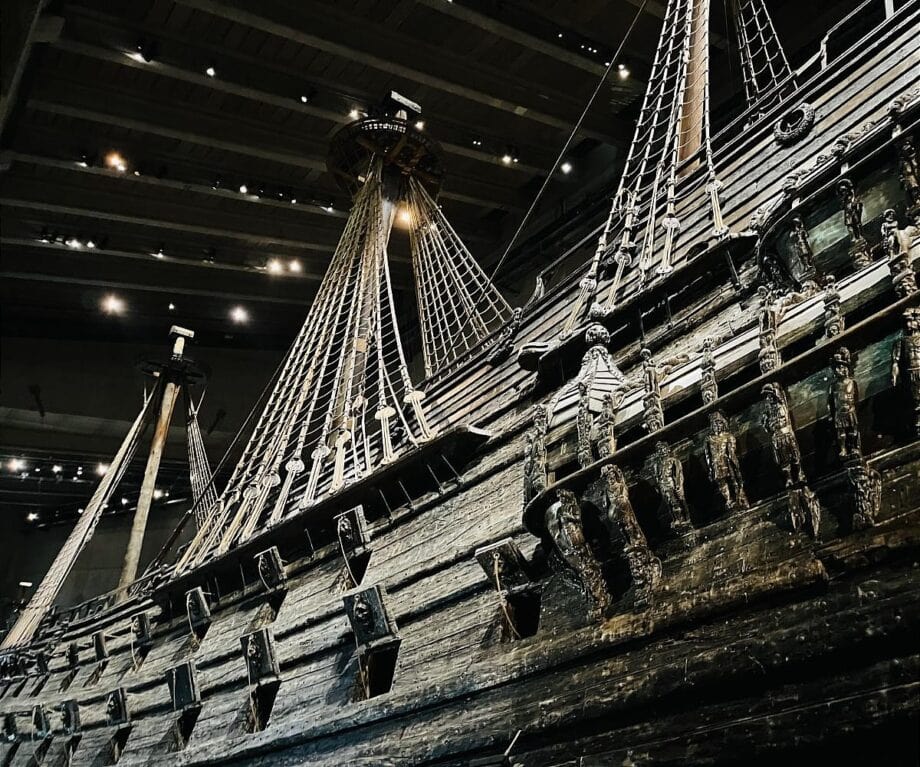
Then in 1961, the Vasa was raised from its watery grave, despite the corrosion of 6,000 bolts, restored and eventually displayed in the Vasa Museum which is appropriately topped by three masts. A unique maritime time capsule.
Using documentary evidence, a dramatic short film recreates highlights of the inquest, which looked to find a scapegoat for the disaster – but failed to do so.
A bottle of 1628 Vasa liqueur, created from analysis of a bottle that settled amongst the cannon and skeletons for 333 years, at 33% proof, is a potent anise-flavoured souvenir.
Everything you need to plan your trip in 2025
🌟 Luxury hotel deals from Booking
🏡 Vacation rentals from VRBO
✈️ Flights from KIWI
🛫 Private jets from Private Jet Finder
🅿️ Airport parking from ParkVia
🛋️ Airport lounges from Priority Pass
🚖 Airport taxis from Welcome Pickups
🚗 Car rentals from Discover Cars
🚐 Luxury RV rentals from RVshare
🚢 Cruises from Cruise Direct
🛥️ Ferries from Direct Ferries
🎫 Attractions tickets from Tiqets
🏞️ Tours from Viator or GetYourGuide
🛡️ Travel insurance from Safety Wing
🏥 Medical insurance from World Nomads
🧳 Luggage from Case Luggage
🛅 Luggage storage from Stasher
📚 Travel guides from Lonely Planet
📕 eBooks from Kindle Unlimited
🎧 Audiobooks from Audible
🎬 Movies from Prime Video UK
🎵 Music from Amazon Music UK
💶 Travel currency from Wise
📱 SIMs from SimOptions
🌐 VPNs from ExpressVPN or NordVPN
🛂 Visas from iVisa
4. The Viking Museum
With sword, knife, whetstone, reindeer horn comb and pouch hanging from his belt, a bearded Viking welcomes us to the museum. He explains how Vikings had to be farmers as well as warriors. Reacting opportunistically to circumstances on their explorations. If a settlement was strong, they traded, if it were weak, they raided.
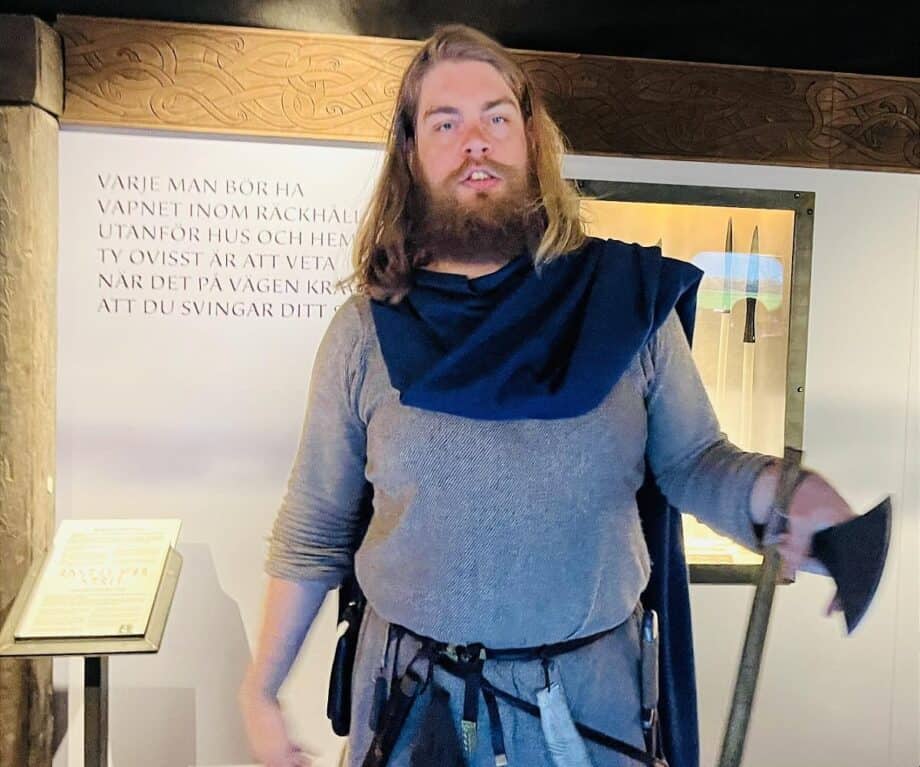
Those Vikings ate meals very close to contemporary dietary recommendations; low meat content but high on fibre from barley, fruit and oats, supplemented with nuts and seeds.
5. Exploring the waterways
As Stockholm is a maritime collage of canals, harbours, lakes and the Baltic Sea, a boat trip takes you to the heart and soul of the city – as time and time again you reach for your camera. Hop on, hop off boats glide past grand merchants’ houses, royal palaces, verdant parks and historic neighbourhoods.
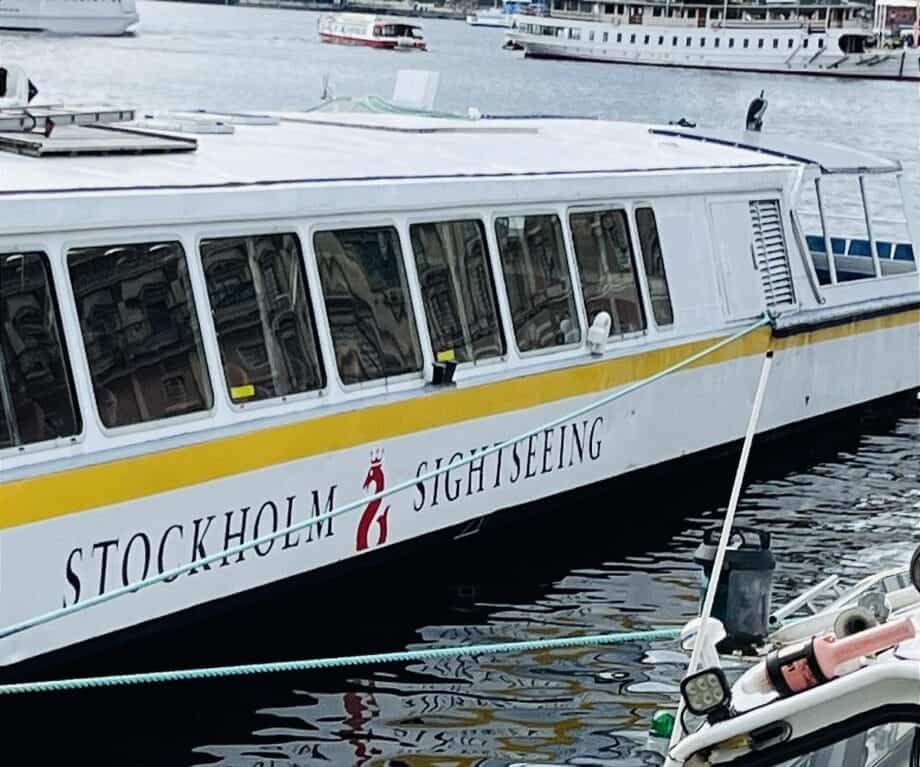
Arriving by boat is the best way to appreciate the Vasa Museum, the charm of the Old Town of Gamla Stan and the thrills of the rides at Gröna Lund Tivoli.
6. A fika break
Wherever you are, whatever you are doing, stopping for a fika break is part of the Swedish DNA of relaxation. Slowing down for coffee and something sweet, usually simultaneously socialising, is such a Swedish cultural institution that the word is both a noun and a verb.
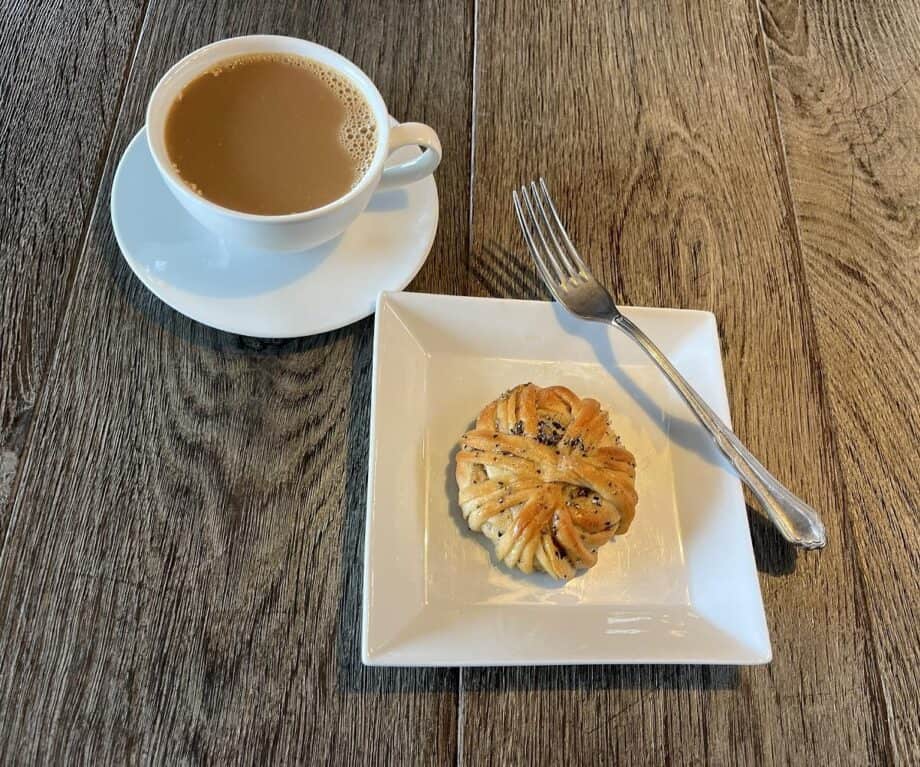
Some argue that fika derives from kaffi, an old Swedish word for coffee. Whatever the etymology, Swedes drink more coffee per head than most other nations.
7. Gamla Stan
Stockholm’s labyrinthian Old Town of twisting narrow alleyways and cobbled streets date from medieval times, though most of the townhouses were built in the 17th and 18th centuries. Their yellow and rust facades have a fairy tale ambience. Nowadays, those houses are largely cafes, craft shops, galleries and restaurants.
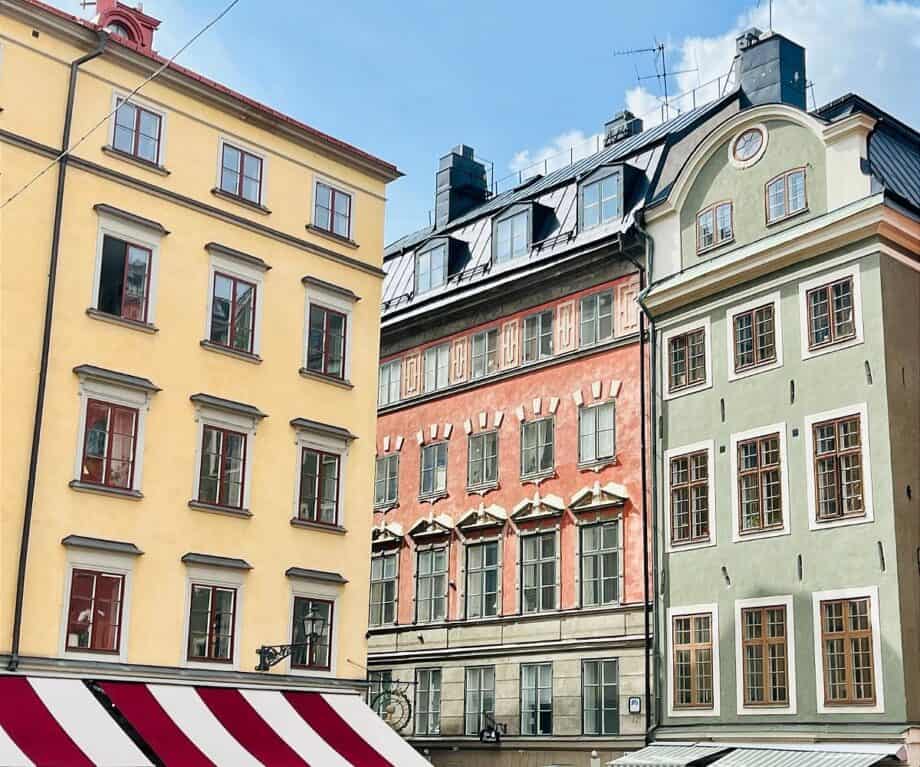
As the Royal Palace is close by, the changing of the guard, marching across the cobbles, is a daily military routine
8. The Nobel Museum
At the heart of Gamla Stan, the museum pays homage to the efforts of exceptional human beings. Inspirational men and women who, since 1901, have been awarded Nobel Prizes in the fields of Physics, Chemistry, Medicine and Peace as designated by Alfred Nobel.
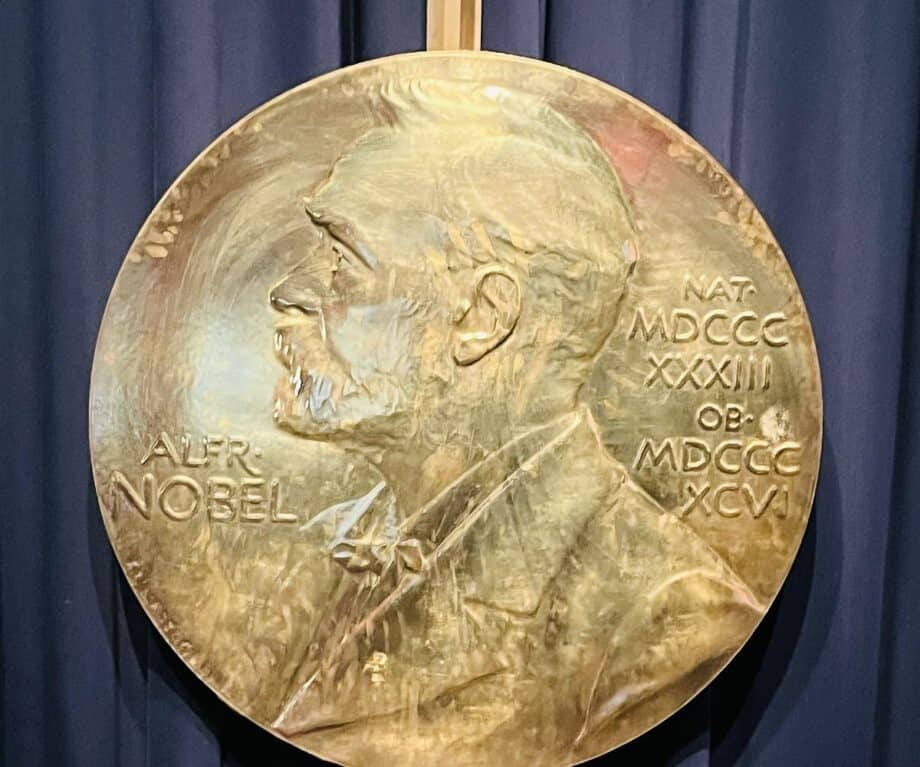
In Nobel’s will, the inventor of dynamite, dismayed at the destruction he had unwittingly caused, decreed that his millions should be used to establish prizes for mankind’s benefit. Short films tell the story of the journey to a Nobel prize for scientists such as Marie Curie and Nils Bohr as well as peace-makers like Nelson Mandela and F.W. de Clerk.
9.The Contemporary Museum of Art, Photography and Culture
Based in a 1906 red brick former Custom House, the waterside Contemporary Museum of Art, Photography and Culture is one of Stockholm’s coolest destinations.
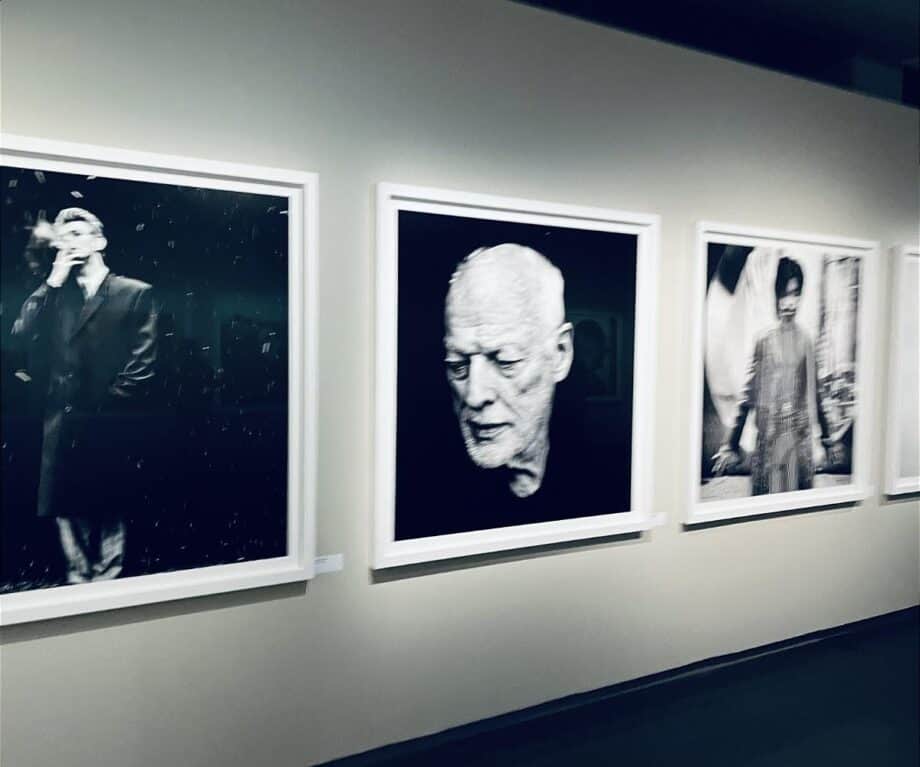
Exhibitions change frequently. Currently Anton Corbojin’s stark portraits of rock stars, that strip away their celebrity, is headlined by a darkly quizzical Nick Cave, and runs into October 2025. As does a retrospective of Hans Hammarskiöld life’s work, which frequently challenges conventional definitions of portraiture.
On the top floor, the cafe and restaurant with picture window views over Saltsjön is spacious Scandi-design which inspires visitors to put together their own photographic portfolio.
10. Stockholm’s parks
Approaching 40% of Stockholm is parkland. Long ago, these acres were royal property, for hunting.
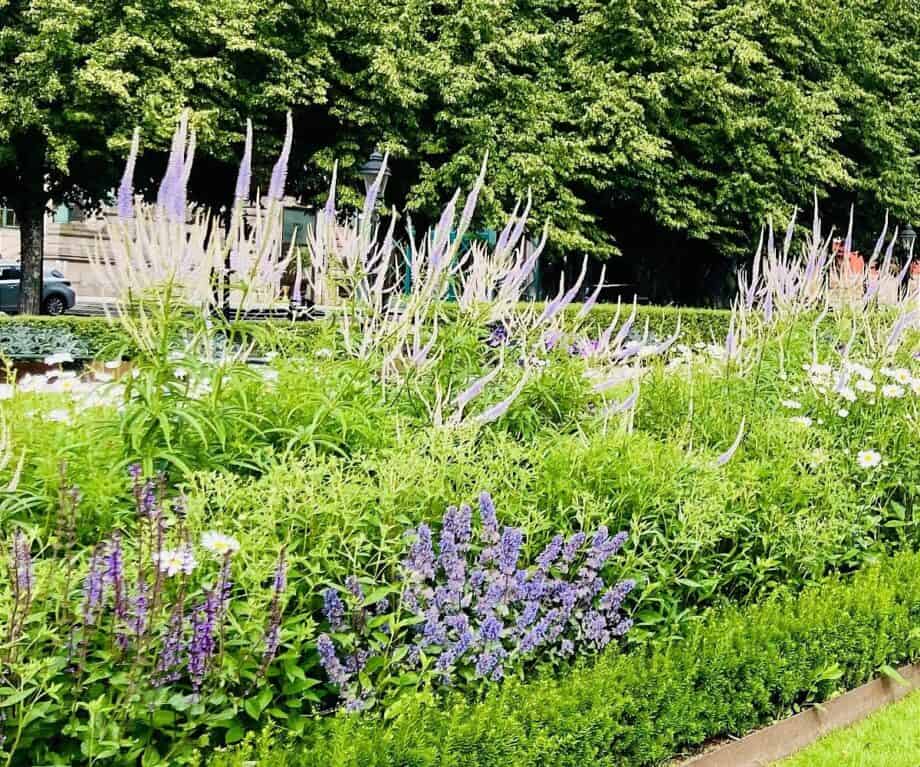
Or in the case of Humlegården, land for growing hops for the royal beer. Back in the days when it wasn’t safe to drink the water and royal sailors were allowed to drink three litres of beer a day.
Now the parks are public spaces for walking, jogging, picnics, cycling and of course, finding a cafe for a fika break.
Disclosure: Our trip was supported by Visit Stockholm.
Did you enjoy this article?
Receive similar content direct to your inbox.

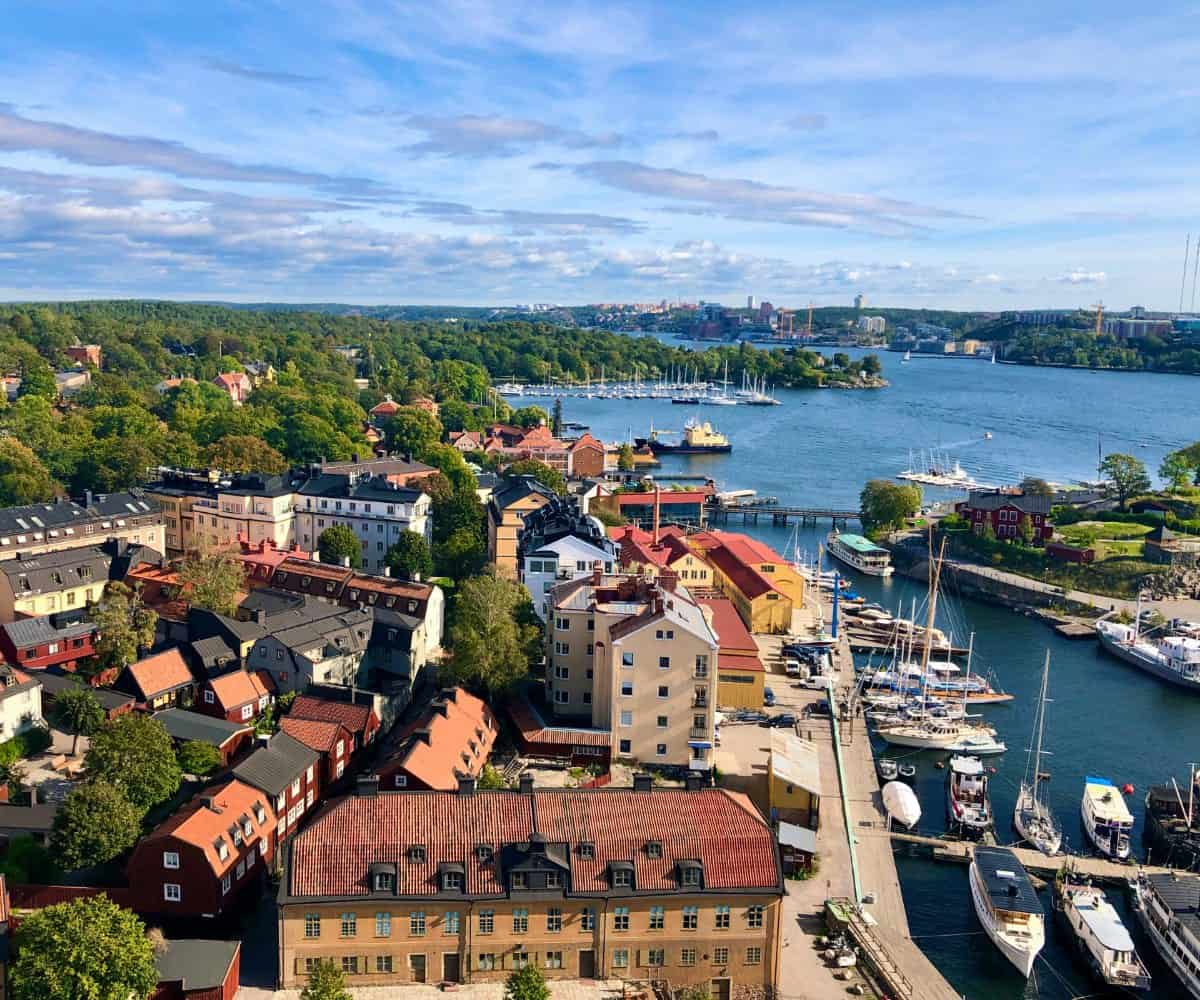

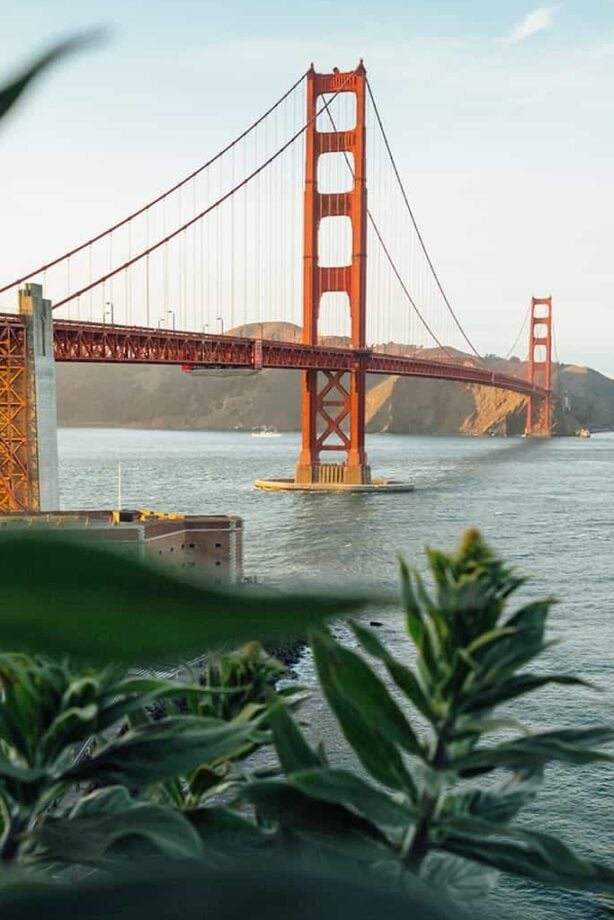
Stockholm is one of my favourite European cities. As this post shows there’s so much to see in between fika breaks.